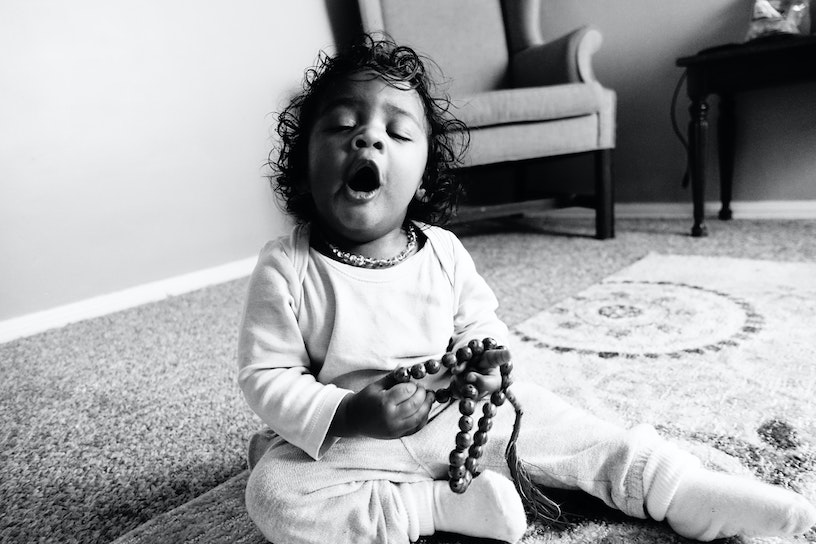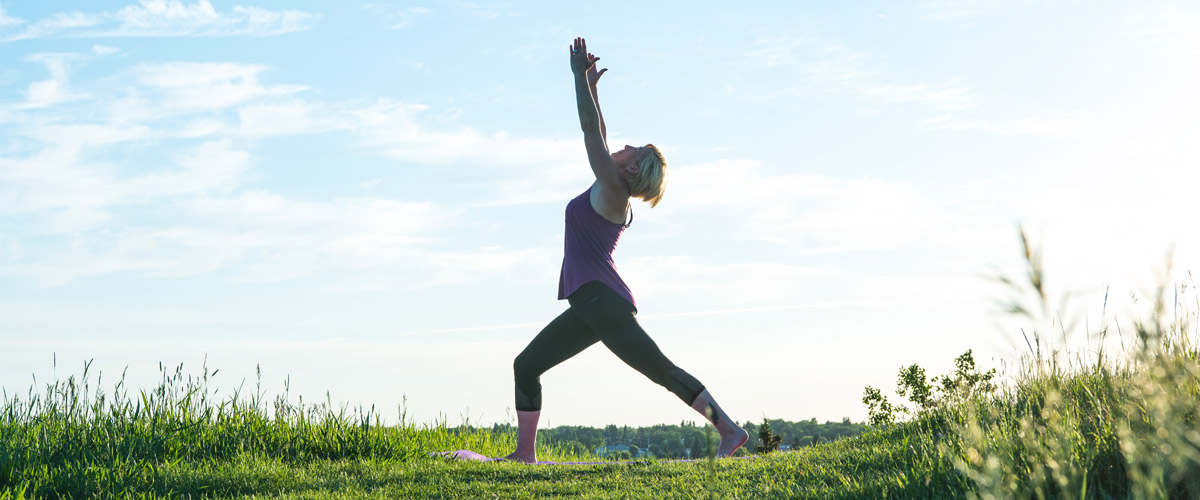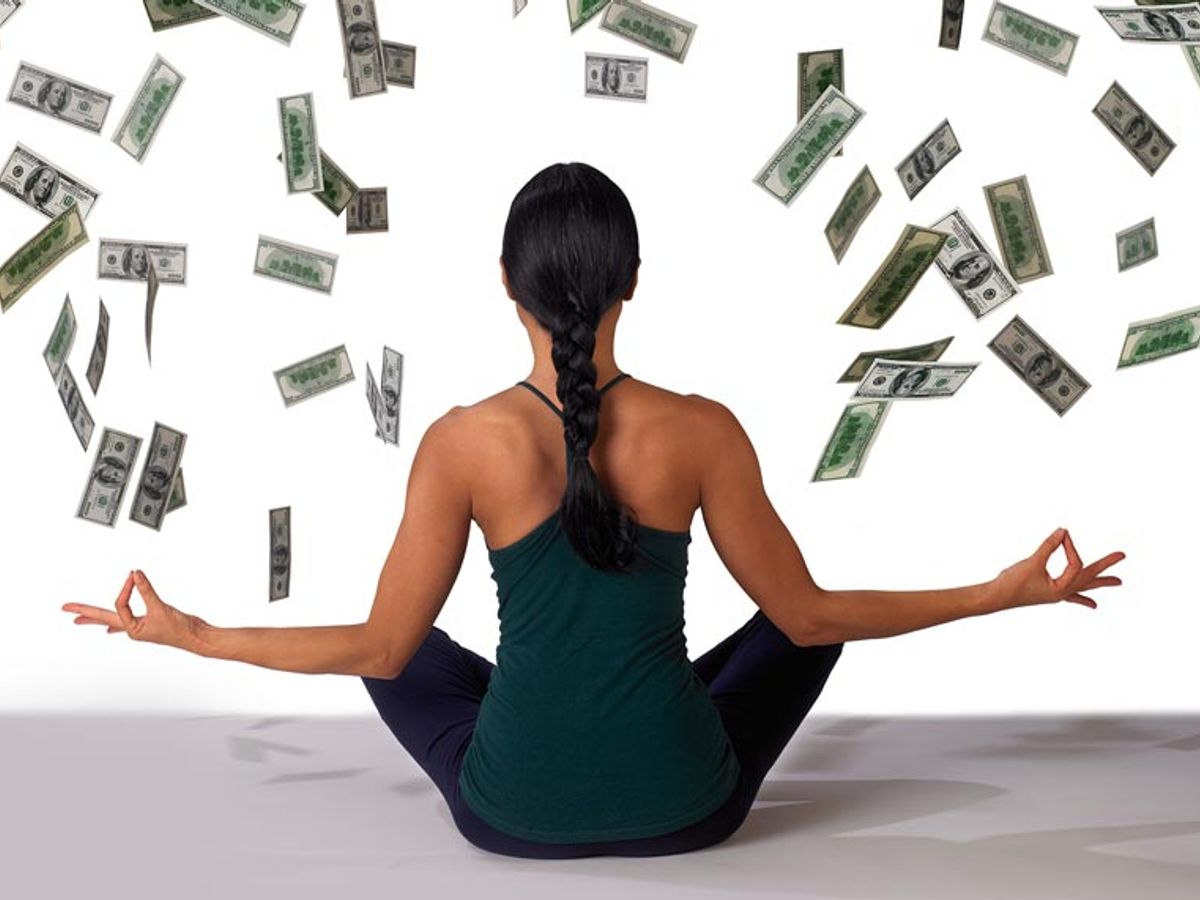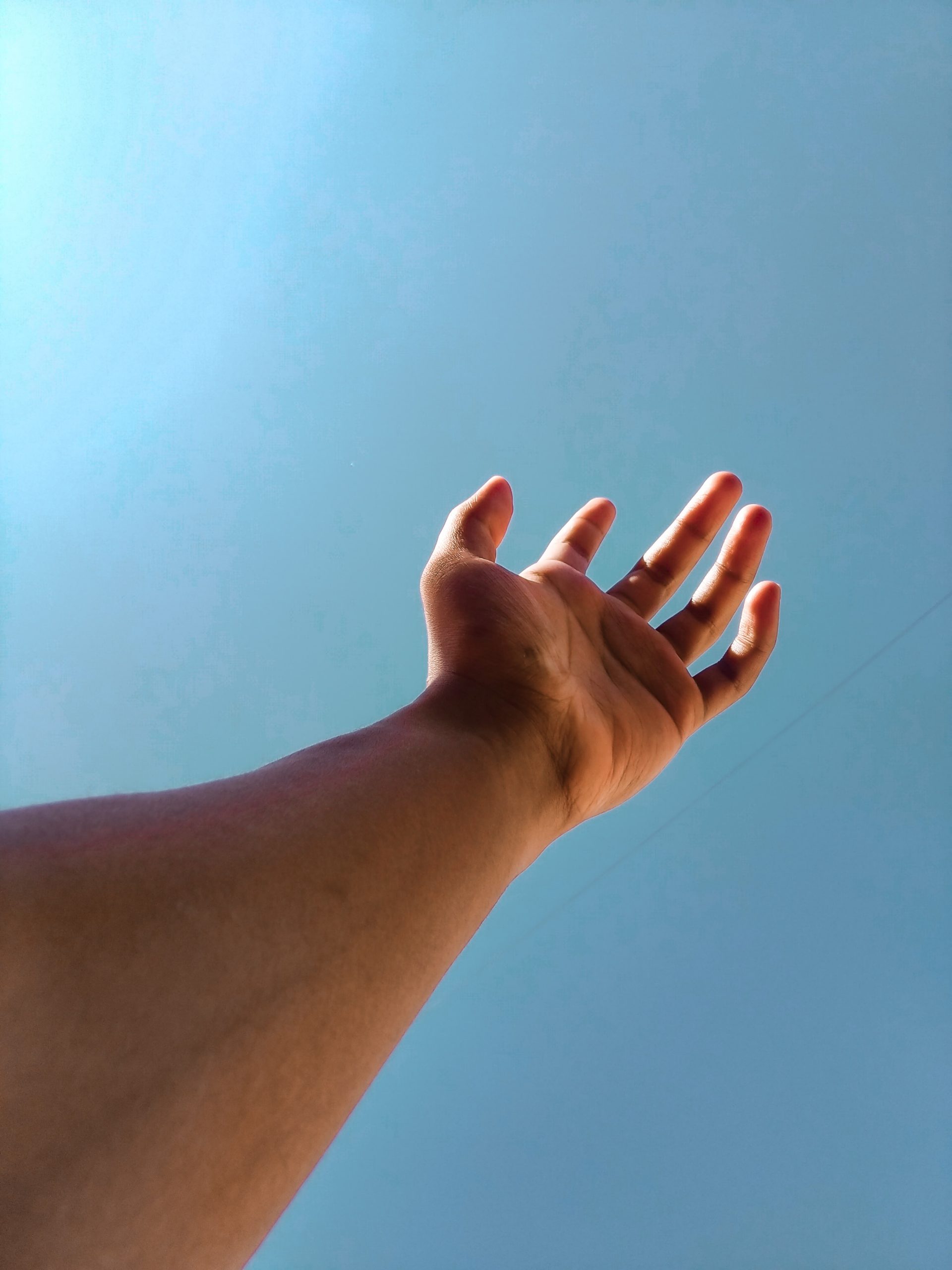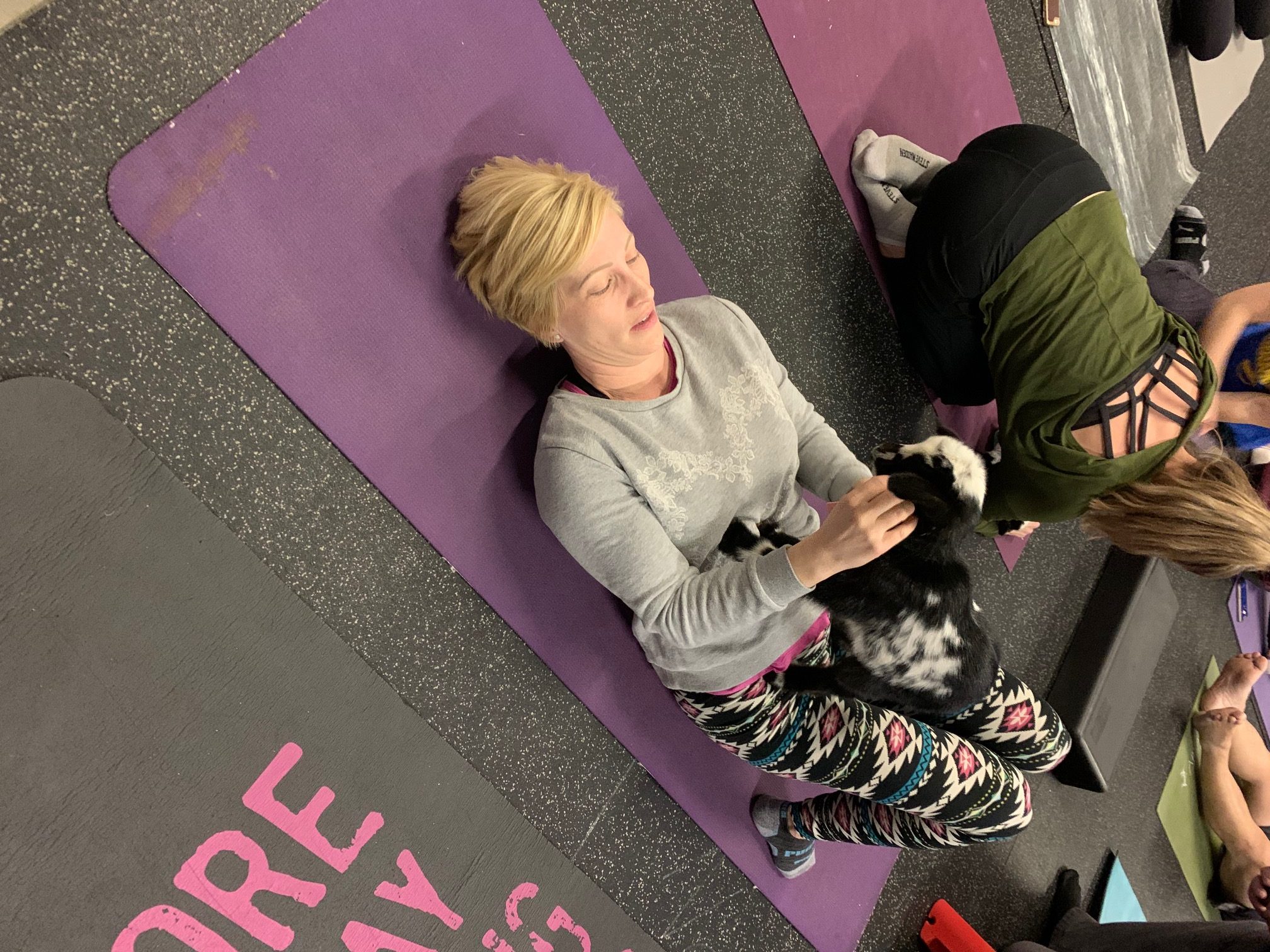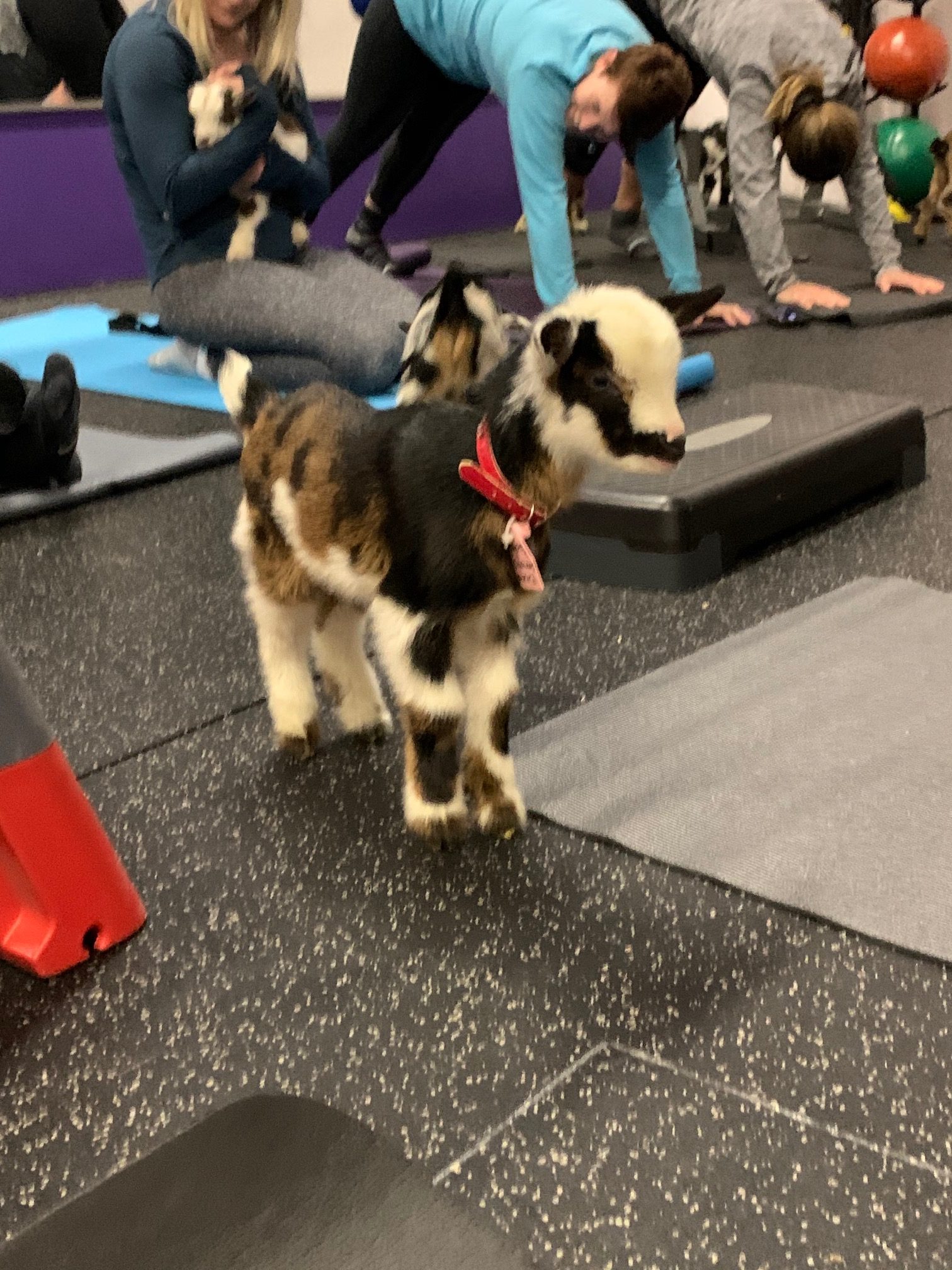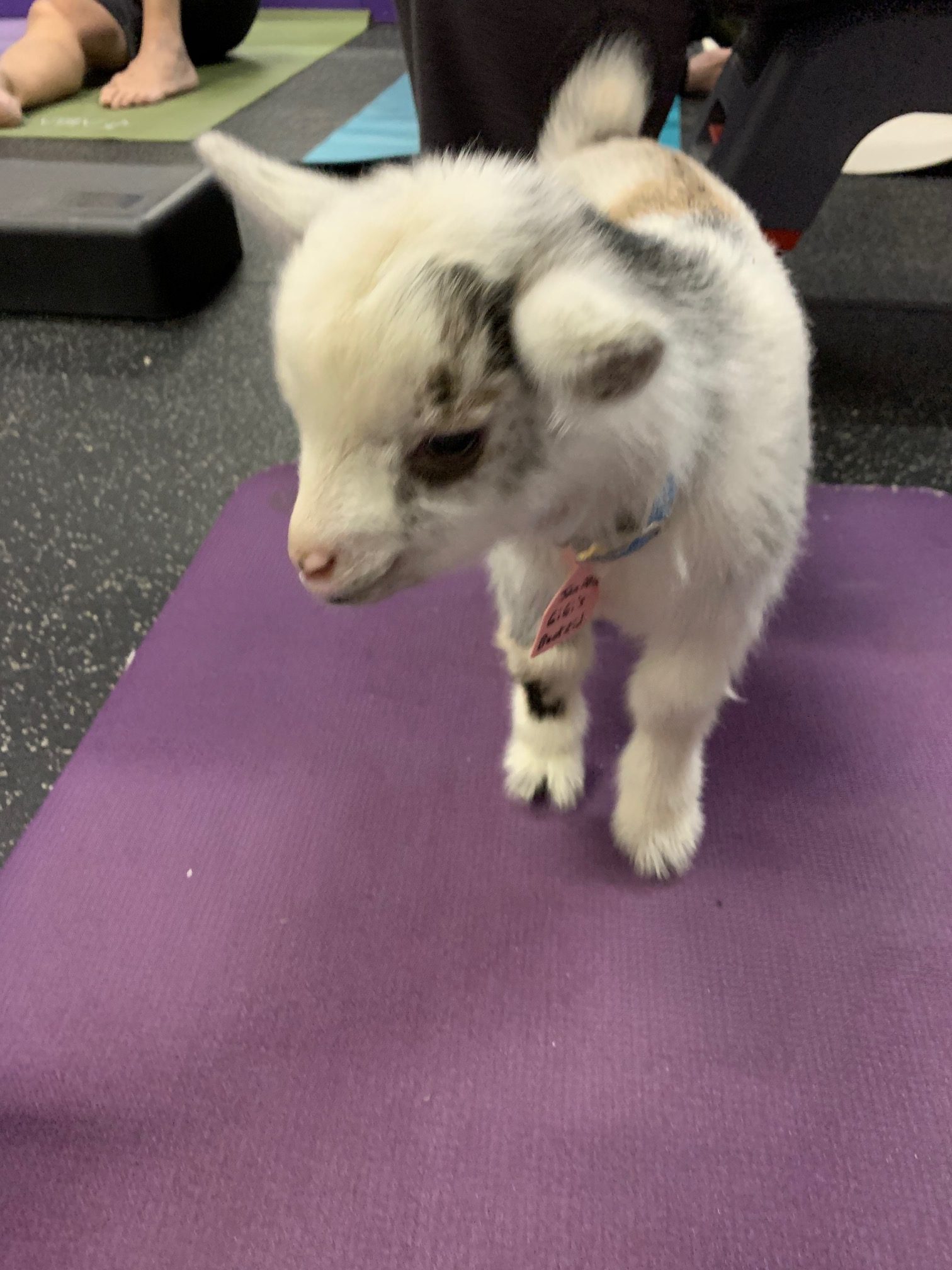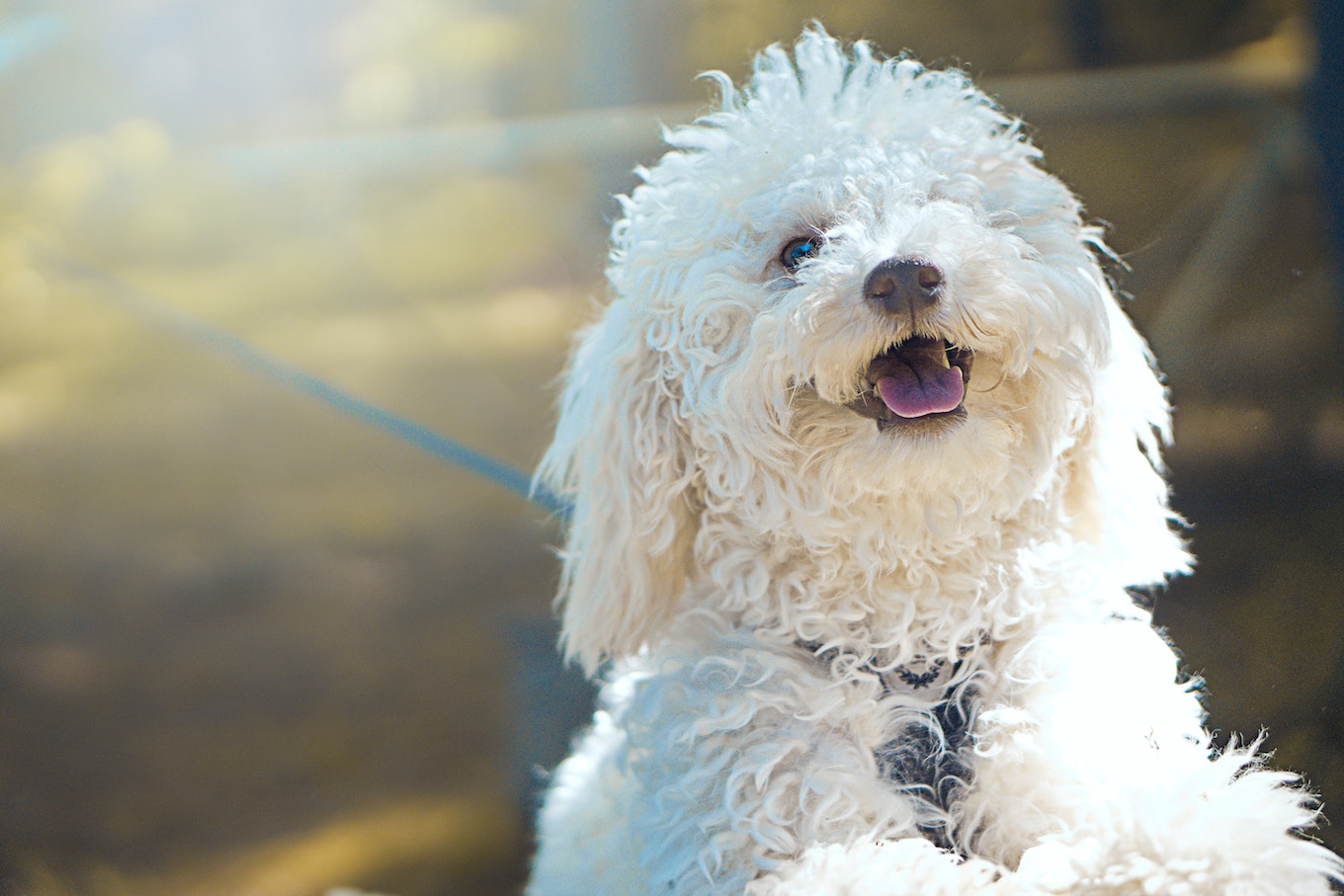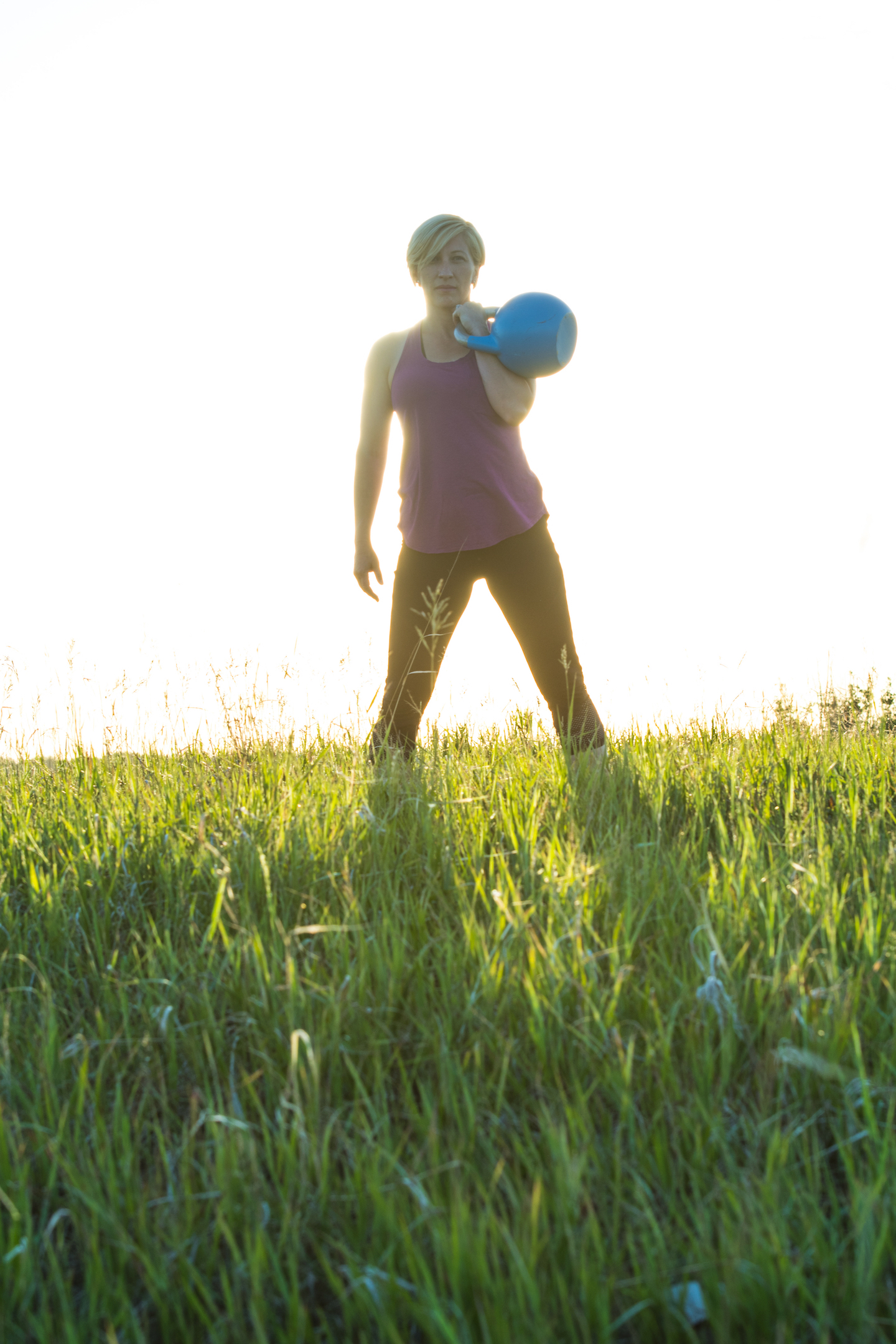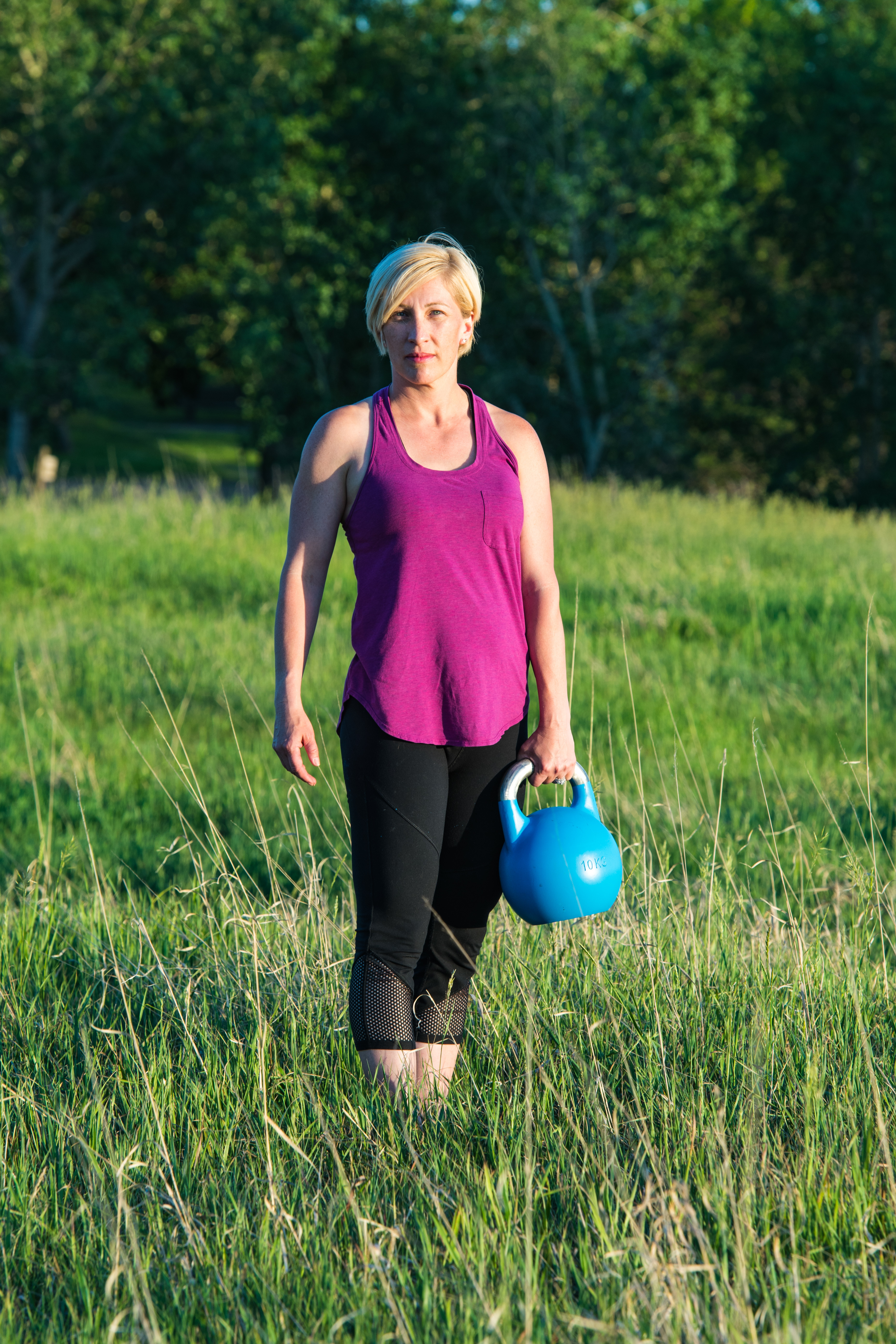A student yawning in a yoga class recently reminded me of my early days on the mat where I would yawn uncontrollably. Another student I had would yawn audibly over and over again potentially disturbing other practitioners.
Yawning is an energetic purge and something that happens when the body relaxes. In a yoga class we can start to detach from our day and focus on our bodies and energy through moments of relaxation. So it’s completely normal, and a very logical thing to do in a yoga class. It doesn’t mean we’re bored or even tired.
It usually starts at the beginning, in Pranayama breathing. The brain is getting stimulated with more oxygen due to deep conscious yogic breath.
When we yawn our bodies are doing yoga involuntarily. A good yawn can be refreshing, flushing the skull with fresh, oxygen rich blood, and heightening our mental focus and clarity.
Studies reveal that yawning is an involuntary mechanism that assures that the body will become more alert. Yawning is literally waking up the brain with cool air. The cooler air seems to stimulate the brain cells into working more efficiently, keeping us more awake and alert.
Oxygen, is our most basic need. It fuels our body. Every cell in our bodies, especially the brain, craves oxygen. Yogis speak of “prana,” which means many things, but on the most mundane level, it means “oxygen.” The yogic science of Pranayama is a system used for maximizing the body’s efficient absorption and utilization of oxygen. In many cases people breathe very quickly and do not inhale all the way. This is called shallow breathing. Many people find themselves yawning while they are doing yoga because of a lack of oxygen.
As well, many people in the modern world experience great stress and their “flight or fight” response is working overtime. Since stress hormones are very stimulating, many people may not notice how tired they really are until they get into a situation like yoga; in which they start to relax. Some yogic breathing practices can also very quickly lead to relaxation and rest, which then leads to yawning. We so often neglect to think about the way we breathe because it is something we do naturally. However, correct breathing is important to enhance your yoga practice but also to improve your physical and emotional well being.
Yawning also seems to be contagious for what ever reason; once one person starts, it can spread like wildfire. As with students who fall asleep in Savasana (Corpse Pose), yawning may signal a sleep deficit.
Has all this reading about yawning made you yawn? Next time you’re in class and feel a yawn come on, don’t suppress it, let it out.
